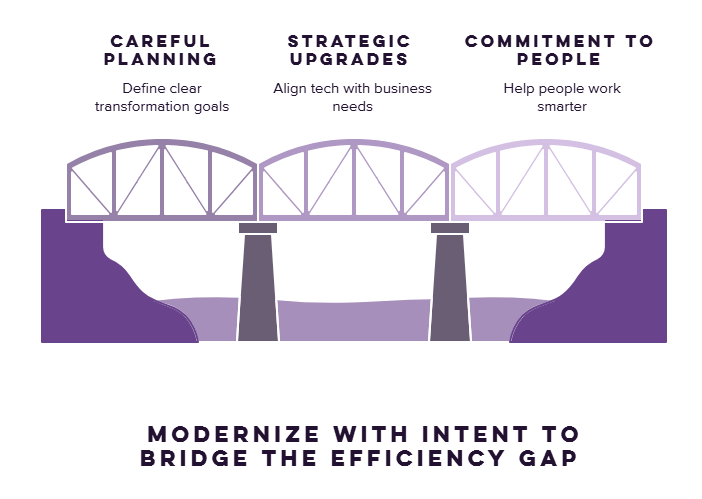AI Adoption Strategy, Part 3: From Strategy to Execution
- Synergy Team

- Oct 9
- 2 min read

In Part 1, we explored why AI adoption is a race to the top — about creating value rather than cutting costs. In Part 2, we saw how culture and enrollment make adoption durable. Now, in Part 3, we move from strategy and culture into execution, giving leaders the practical tools and frameworks to make AI adoption real in their organizations.
Turning Philosophy Into Action
Knowing that AI is about racing to the top and building the right culture is important — but leaders also need execution. This means applying strategy in ways that work for your business today, while setting up long-term success.
At Synergy, we believe execution is where leaders often stumble. There’s no shortage of strategy discussions, but without concrete steps, adoption stalls. This section provides leaders with the playbook for moving from “why” and “how” into measurable action.

Applying the Four Pillars of AI Strategy
Systems
Audit workflows to identify bottlenecks. Replace outdated manual processes with AI-enhanced automation. Example: automated helpdesk ticket classification or predictive equipment maintenance.
Empathy
Put the user first. AI initiatives that ignore the human experience fail. Example: designing AI-powered intranets around employee frustrations, not IT convenience.
Games
Recognize whether your industry is in a finite game (efficiency competition) or infinite game (innovation and reinvention). Example: retail’s shift from one-time purchases to long-term loyalty ecosystems powered by AI recommendations.
Time
Commit to long-term gains. Build AI literacy, test integrations, and invest in training today to benefit years down the road.
Pitfalls to Avoid
Chasing efficiency only: Cutting costs isn’t a sustainable strategy.
Top-down rollouts: Employees won’t embrace what they don’t understand or trust.
One-off projects: Treating AI as an initiative with a finish line leads to stagnation. AI is iterative and evolving.
Neglecting ethics: Failing to address transparency, bias, and responsibility erodes trust in both employees and customers.
Framework for Leaders
Define your AI vision. What’s it for, who’s it for?
Identify one process ripe for reinvention. Replace a cost-driven workflow with a value-creating AI process.
Build cross-functional AI champions. Empower them to test, validate, and spread adoption.
Measure success differently. Track adoption, user satisfaction, and cultural shifts — not just cost savings.
Reassess quarterly. Adapt your approach as the tools and landscape evolve.
Practical Tools for Execution

AI Discovery Workshops: Guided sessions to uncover opportunities and risks.
Intranet Integration: Embedding AI to make knowledge and collaboration easier.
Helpdesk Automation: Using AI to deliver consistent service and free staff for complex tasks.
AI-Powered Business Intelligence: Dashboards that surface predictive insights and support faster, smarter decisions.
Training & Literacy Programs: Ensuring every employee has baseline AI fluency.
These tools aren’t just about efficiency — they build a foundation for long-term growth and innovation.
From Strategy to Lasting Success
AI is not a one-off project; it’s a compounding investment. Leaders who treat adoption as an ongoing process — balancing systems, empathy, games, and time — will be the ones who thrive. Success comes from iteration, patience, and the courage to race to the top.





Comments